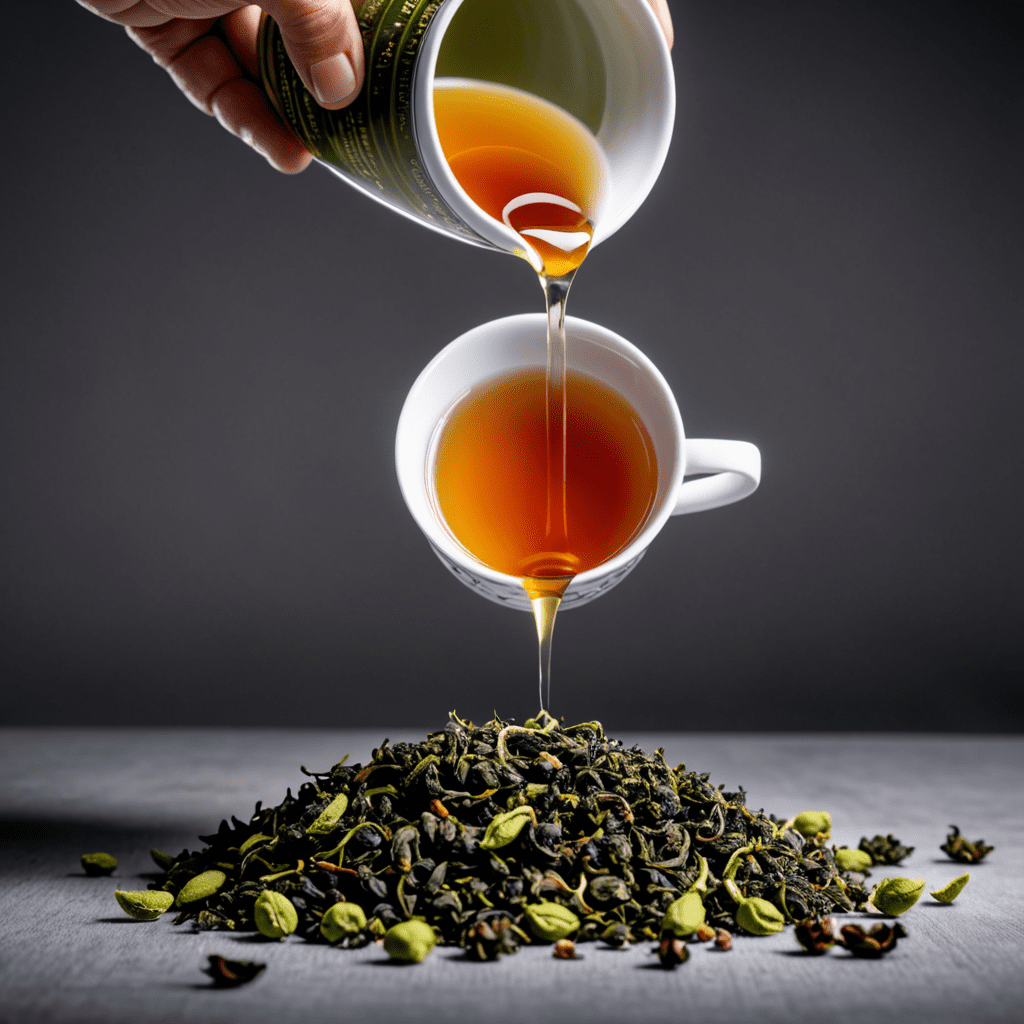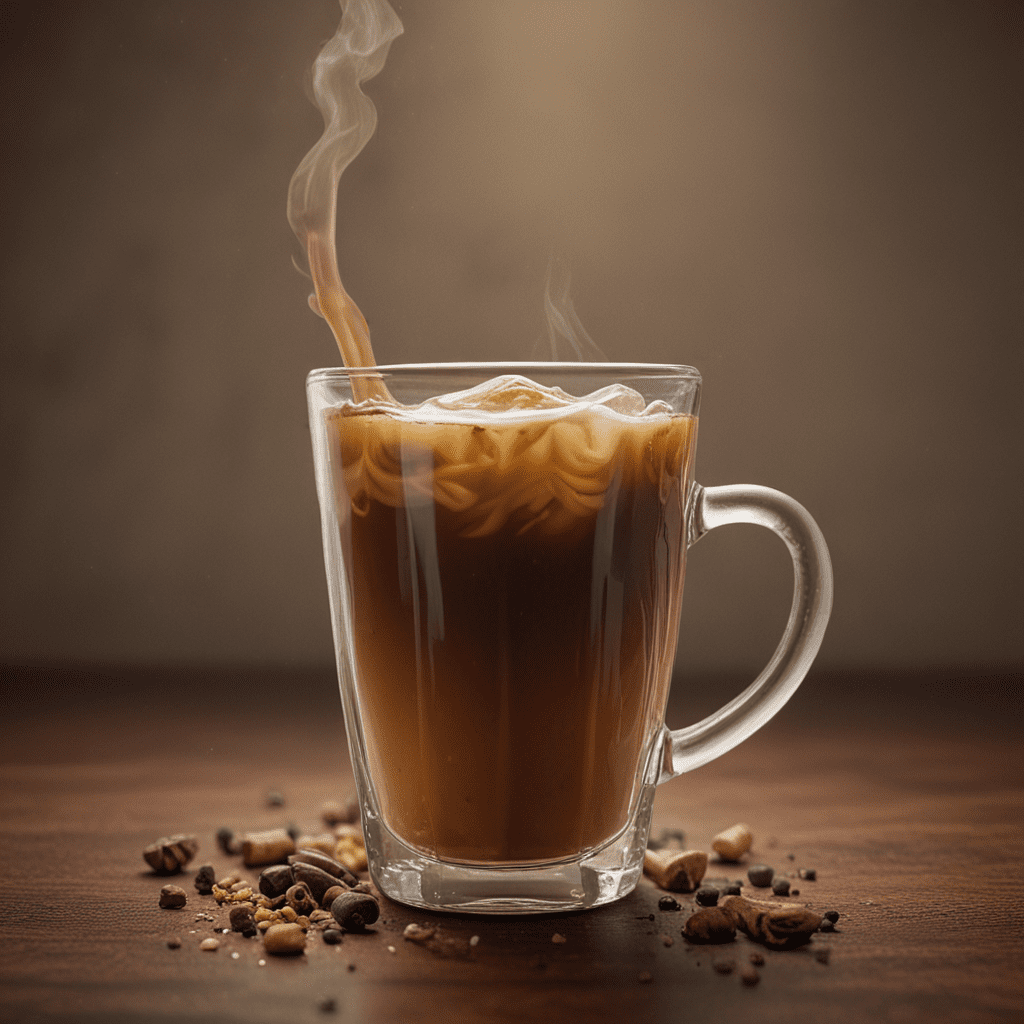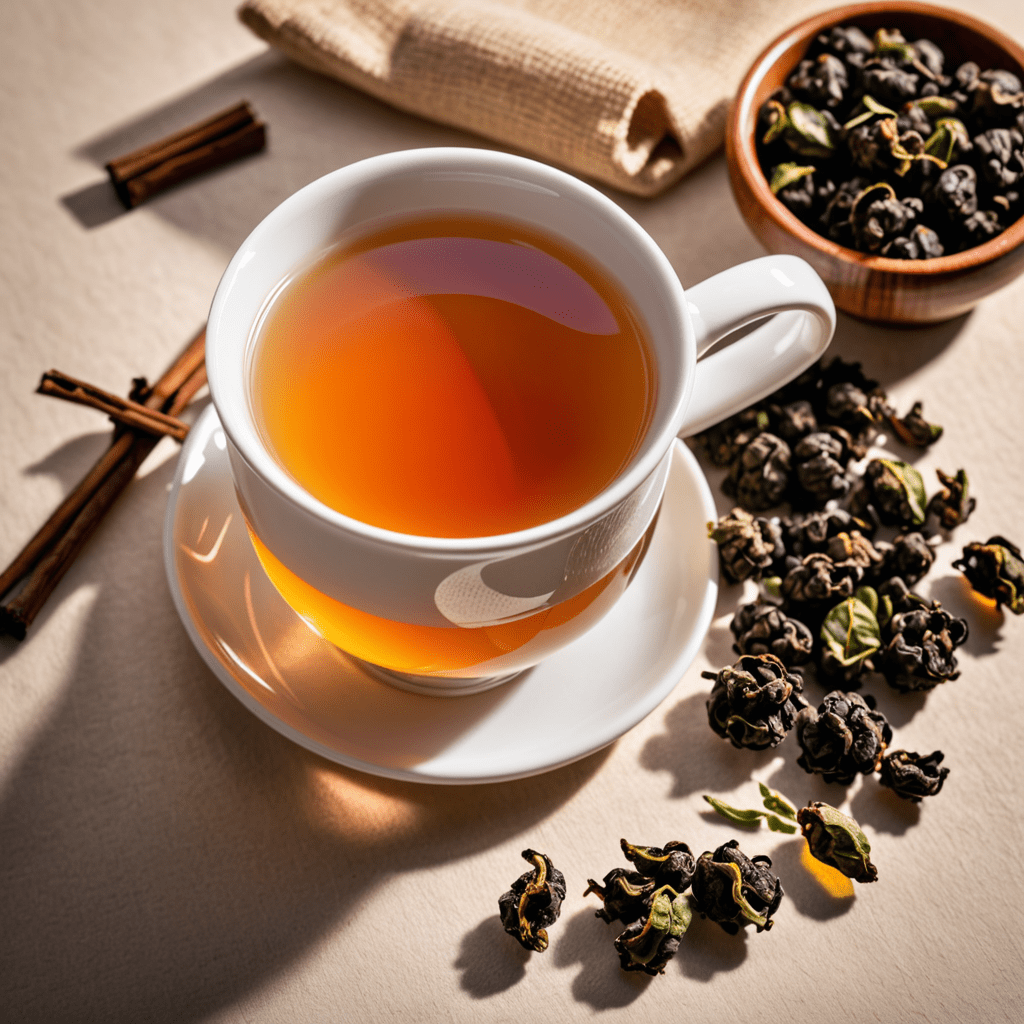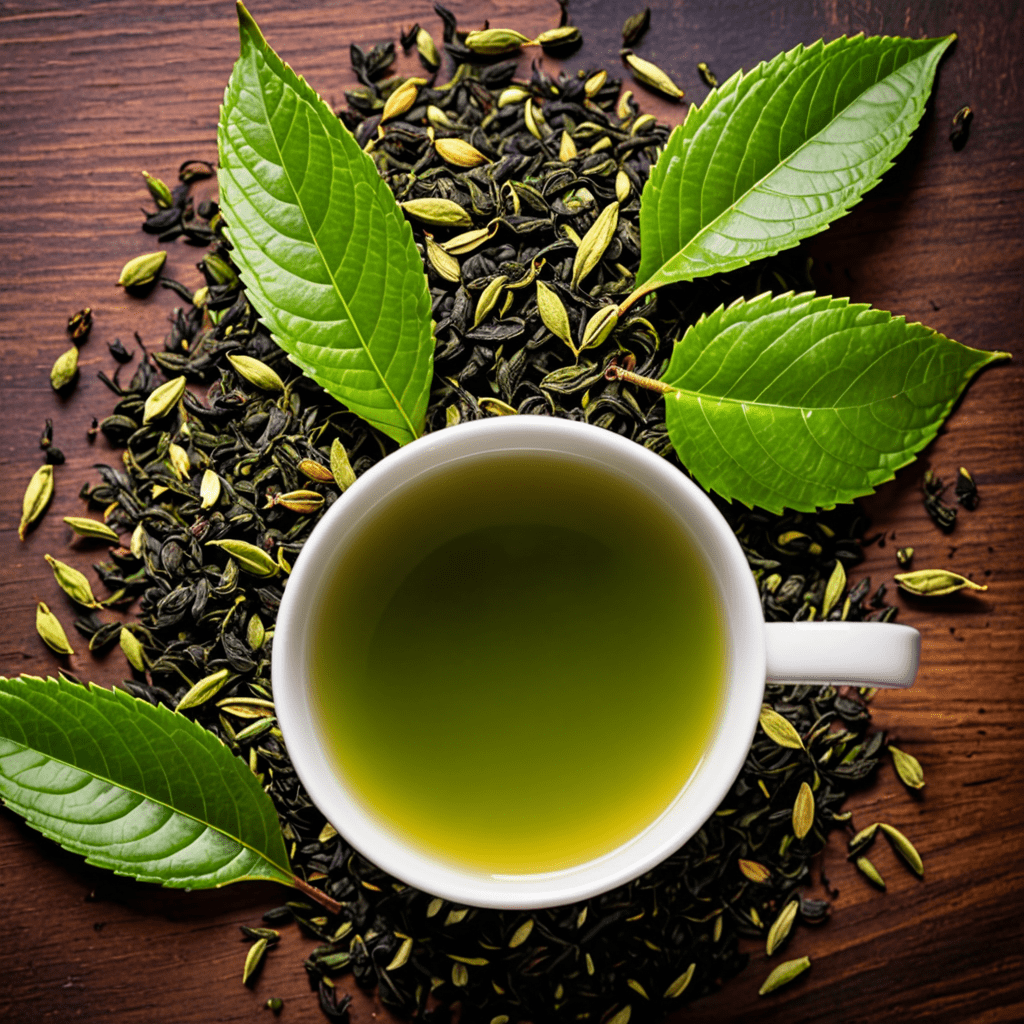The Ultimate Battle: Oolong Tea Versus Green Tea Unveiled
Introduction
Tea enthusiasts worldwide often find themselves in a delightful dilemma when confronted with choosing between oolong tea and green tea. Both are revered for their unique flavors, aromas, and potential health benefits. Exploring the differences and similarities between these two illustrious teas can help tea lovers make an informed decision.
Origins and Processing
Oolong tea, also known as wulong tea, originates from China and Taiwan. It undergoes a semi-oxidation process, where the leaves are bruised to trigger oxidation, resulting in a varying degree of oxidation. On the other hand, green tea, rooted in China and Japan, is unoxidized. The leaves are either pan-fired or steamed to halt the oxidation process, preserving their natural green color and fresh taste.
Flavor Profile
Oolong tea boasts a diverse flavor spectrum, ranging from delicate and floral to robust and toasty. The taste is often described as complex, with both sweet and earthy notes. Green tea, conversely, offers a slightly astringent, grassy, and sometimes vegetal flavor, often accompanied by a refreshing undertone. The flavor variations within each tea type depend on factors such as cultivar, growing conditions, and processing techniques.
Caffeine Content
When comparing caffeine levels, oolong tea falls between green tea and black tea. A cup of oolong typically contains less caffeine than black tea but more than green tea. The caffeine content in green tea is relatively lower than that in oolong tea, making it a suitable choice for individuals seeking a milder stimulant.
Health Benefits
Both oolong and green teas have been associated with an array of potential health benefits. Rich in antioxidants, green tea is reputed for its metabolism-boosting and immune system-enhancing properties. Oolong tea, while also packed with antioxidants, is often linked to improved digestion and weight management. LSI Keywords: health benefits of oolong tea, health benefits of green tea
Brewing Techniques
While the optimal brewing temperature and time for oolong and green teas may vary, both require careful attention to ensure a perfect cup. Oolong tea is commonly brewed at temperatures around 185°F to 205°F for 3-5 minutes, depending on the specific type. Green tea, in contrast, is best brewed at lower temperatures, typically between 160°F to 180°F for 2-3 minutes to avoid bitterness.
Conclusion
Ultimately, the choice between oolong tea and green tea boils down to personal preference. Whether one leans towards the nuanced complexities of oolong or the fresh simplicity of green tea, each cup offers a unique and enriching experience.
FAQ
What are the main differences between oolong tea and green tea?
The primary differences lie in their processing methods, flavor profiles, caffeine content, and potential health benefits. Oolong tea undergoes a semi-oxidation process, yielding a complex and diverse flavor, while green tea remains unoxidized, resulting in a slightly astringent and grassy taste.



